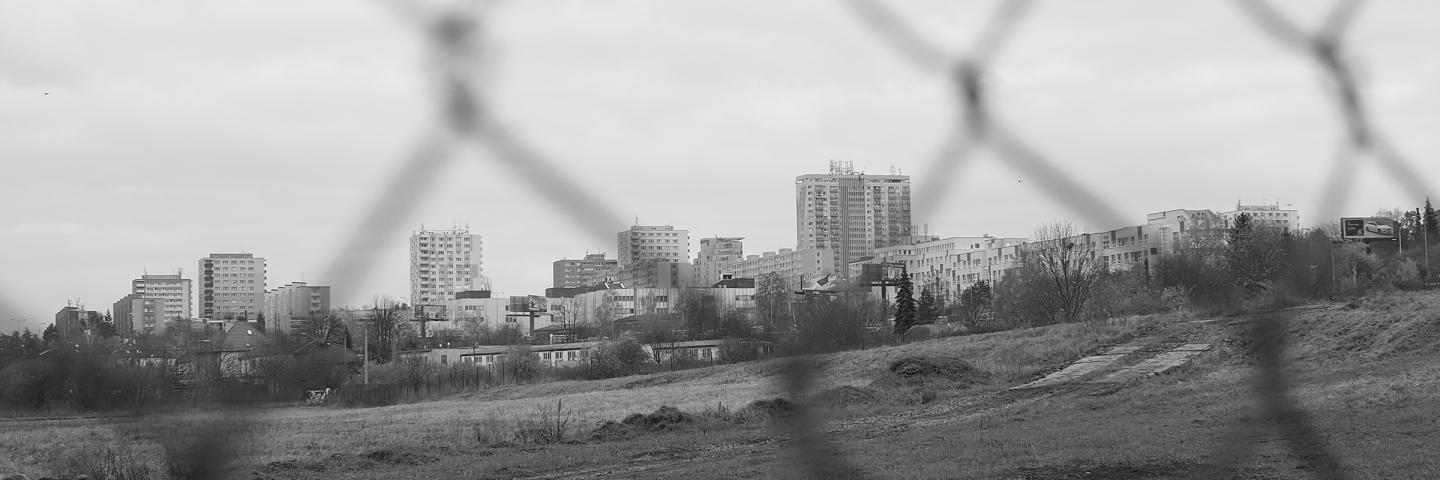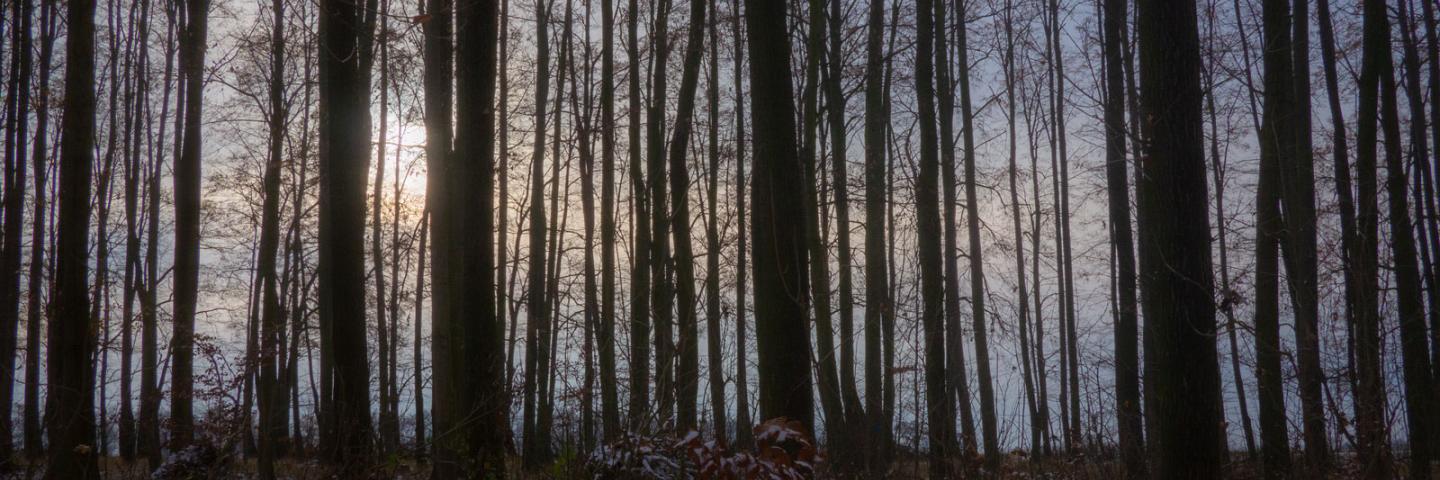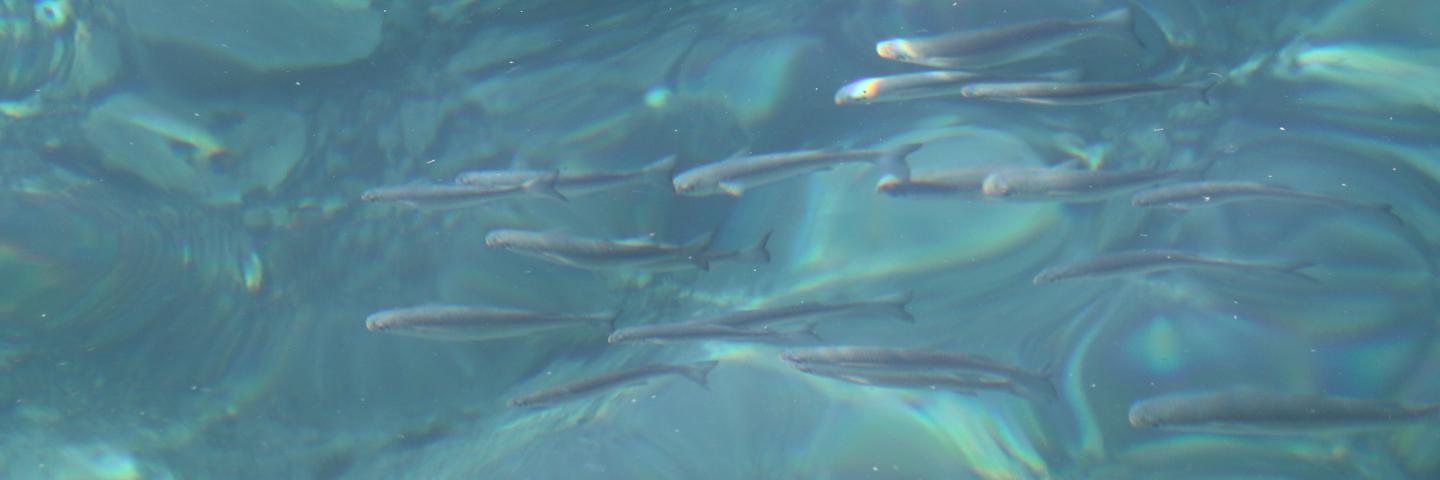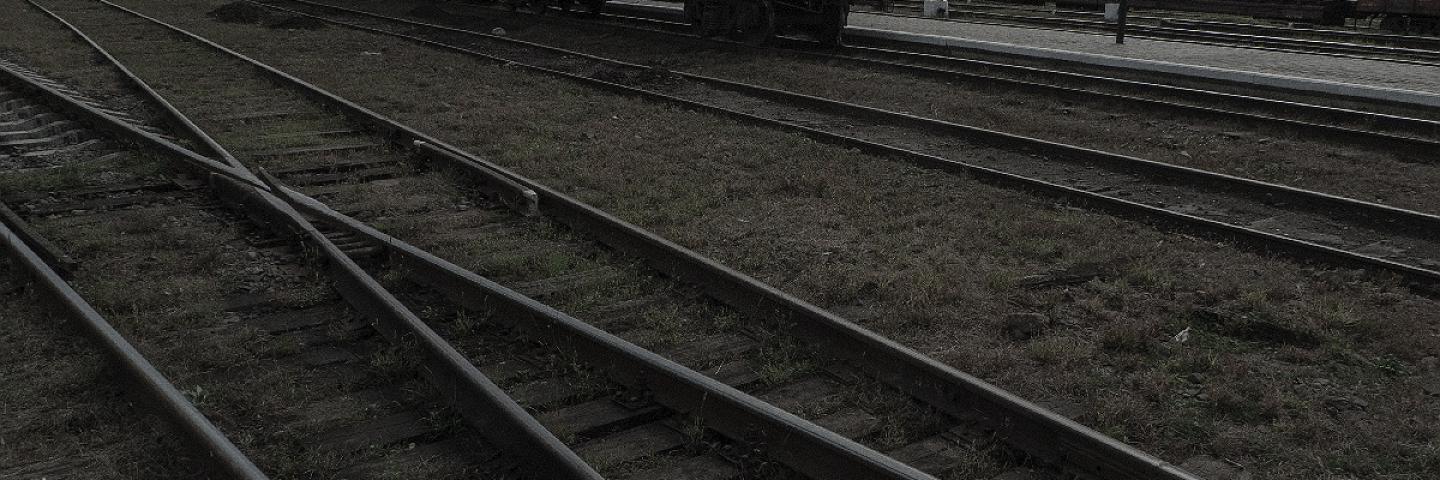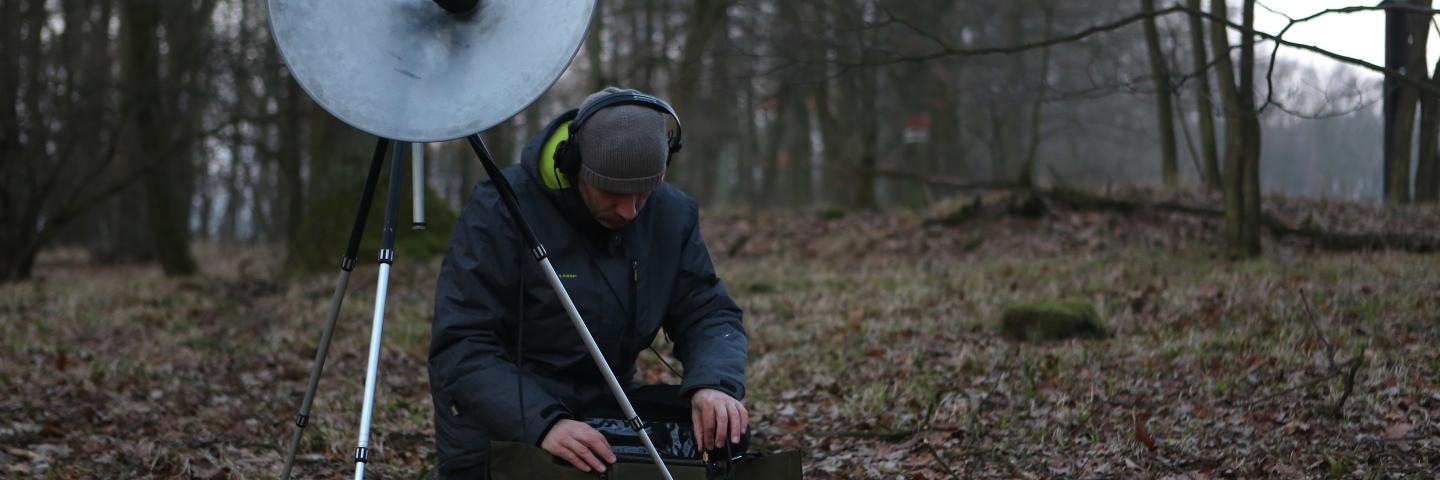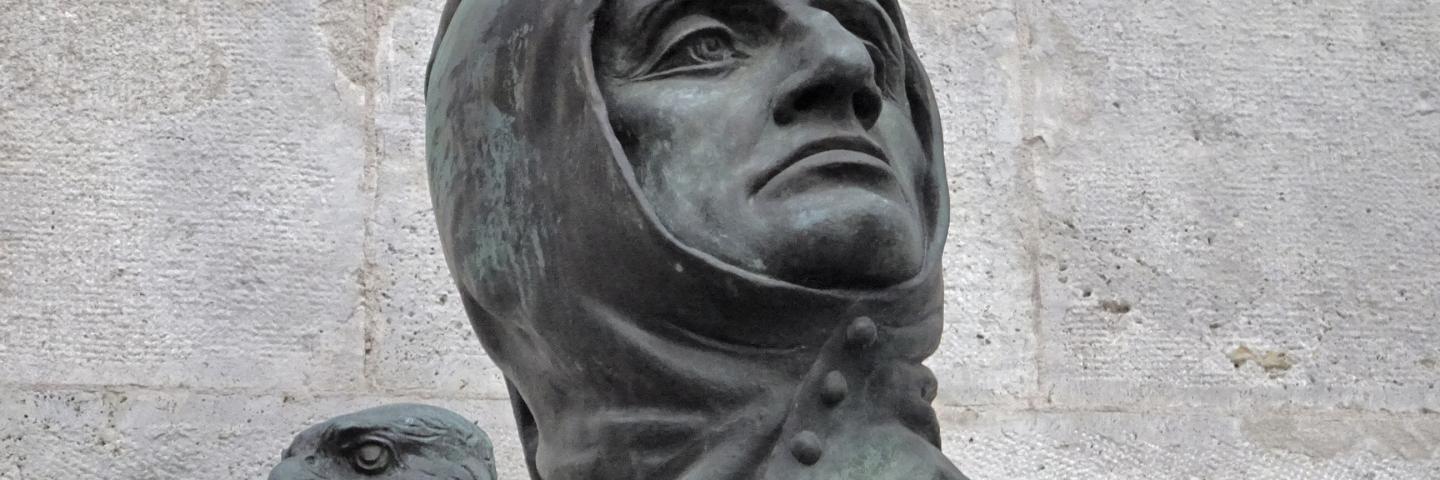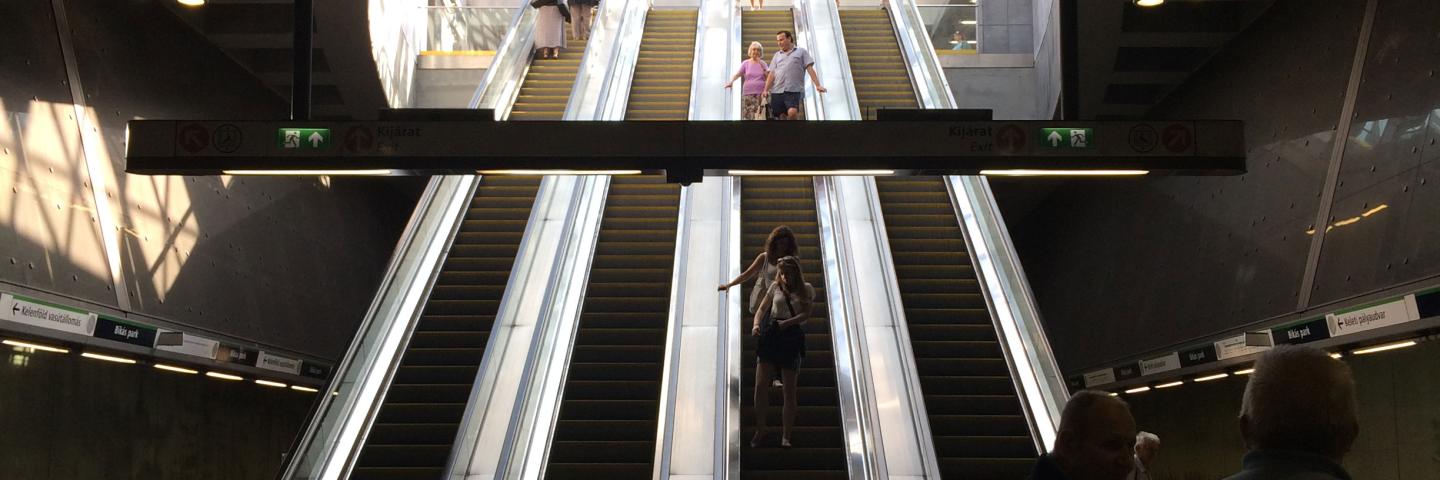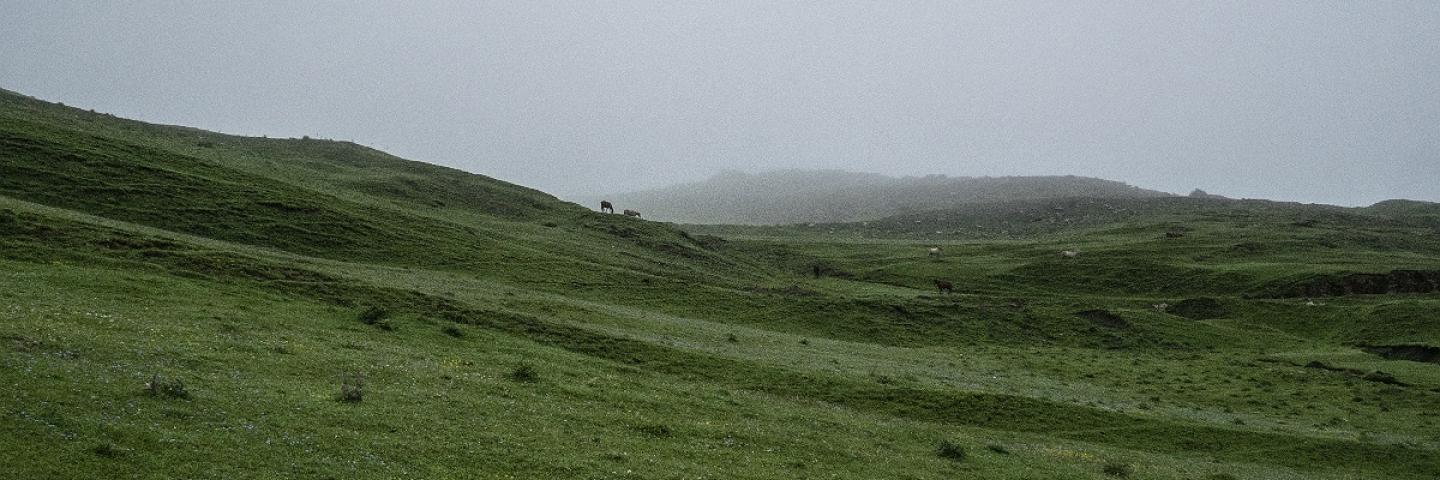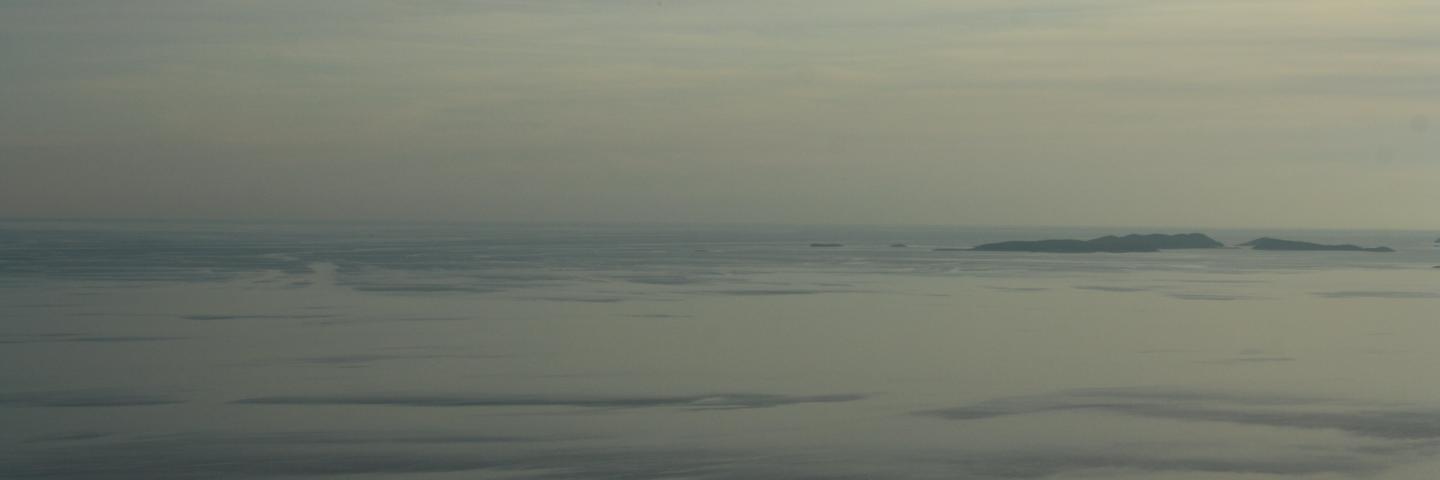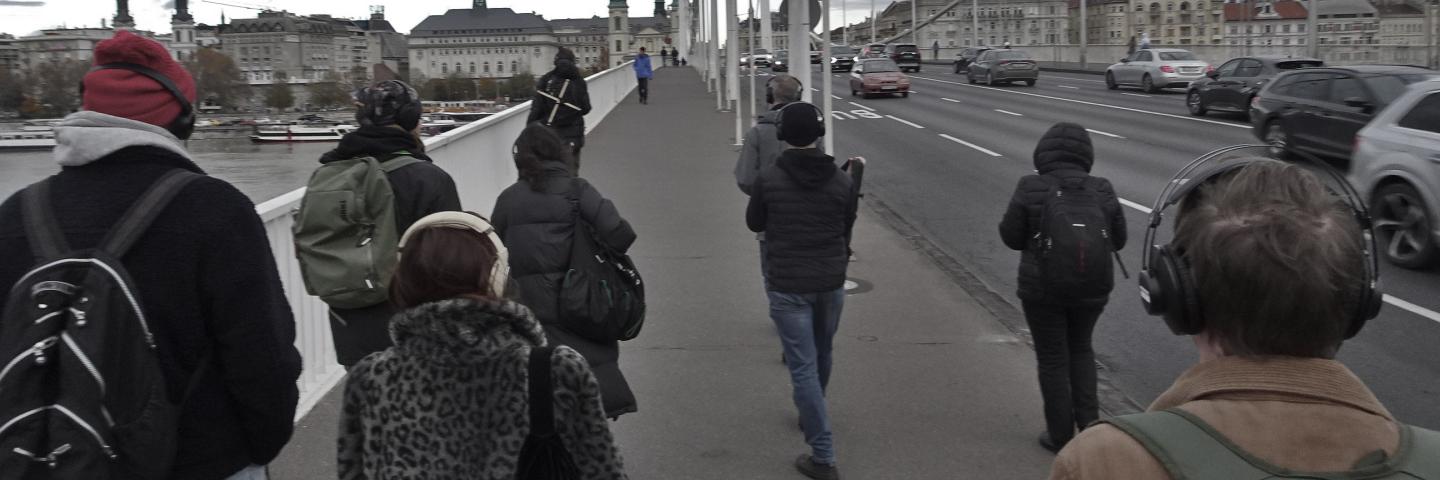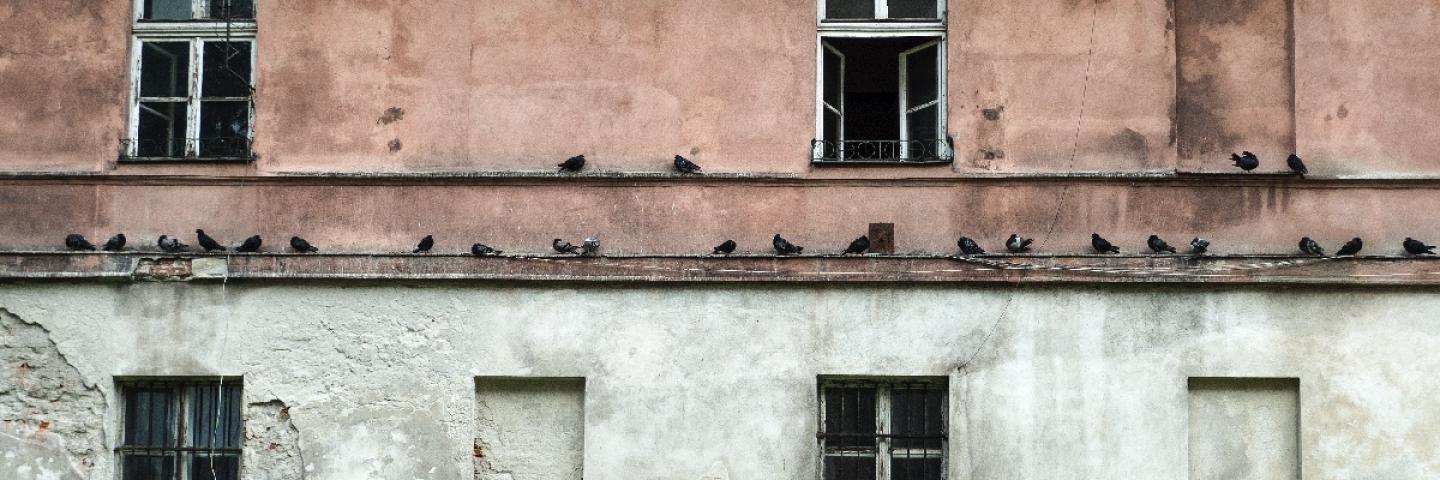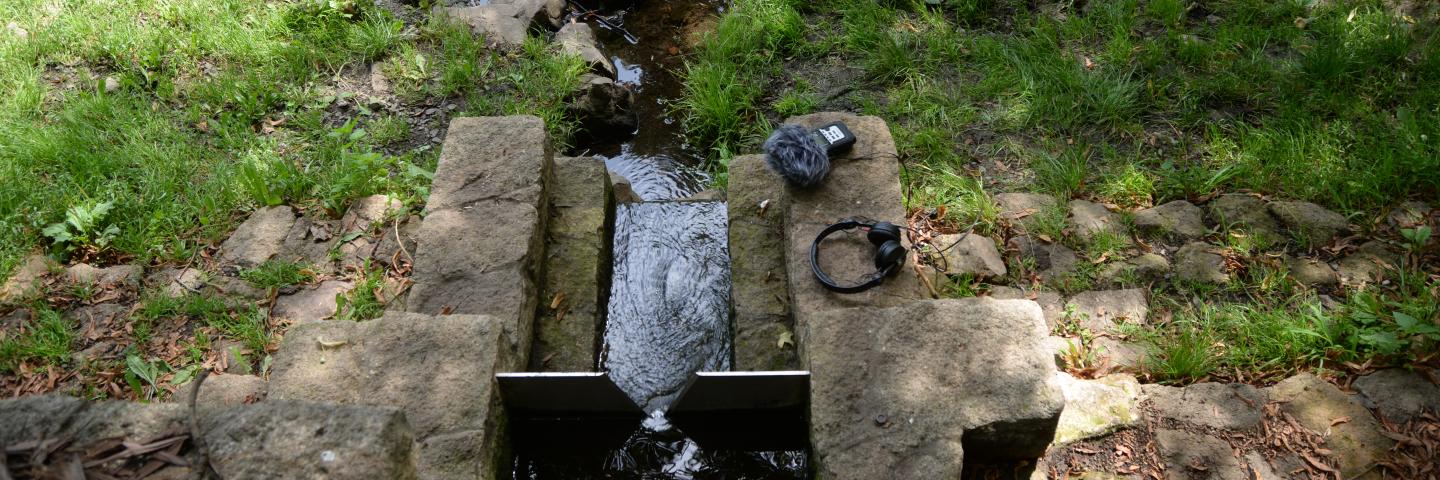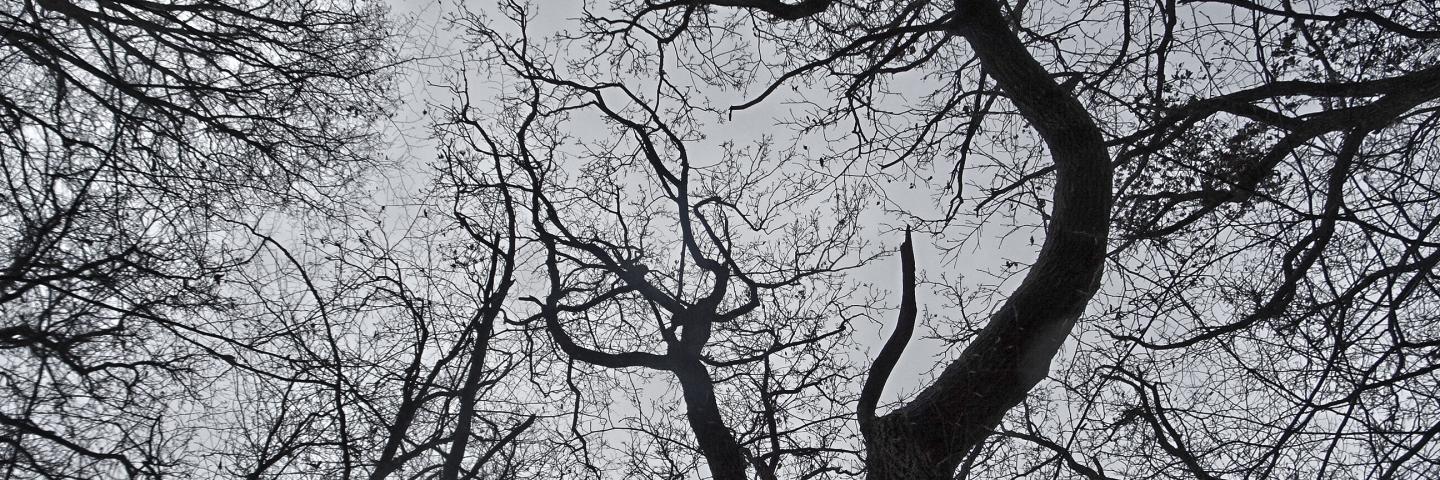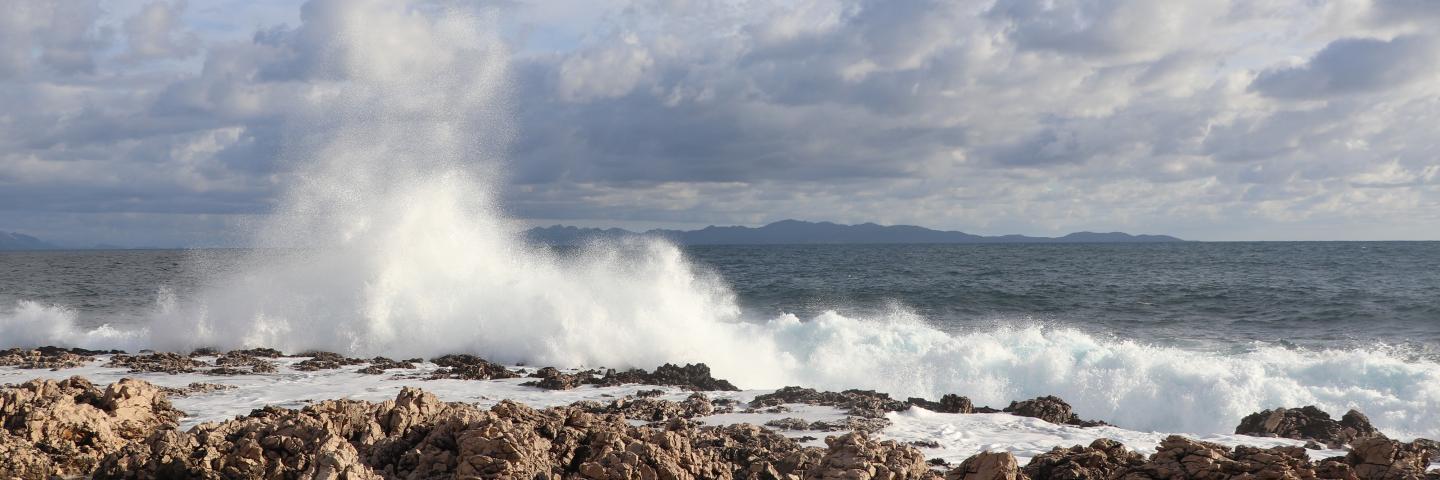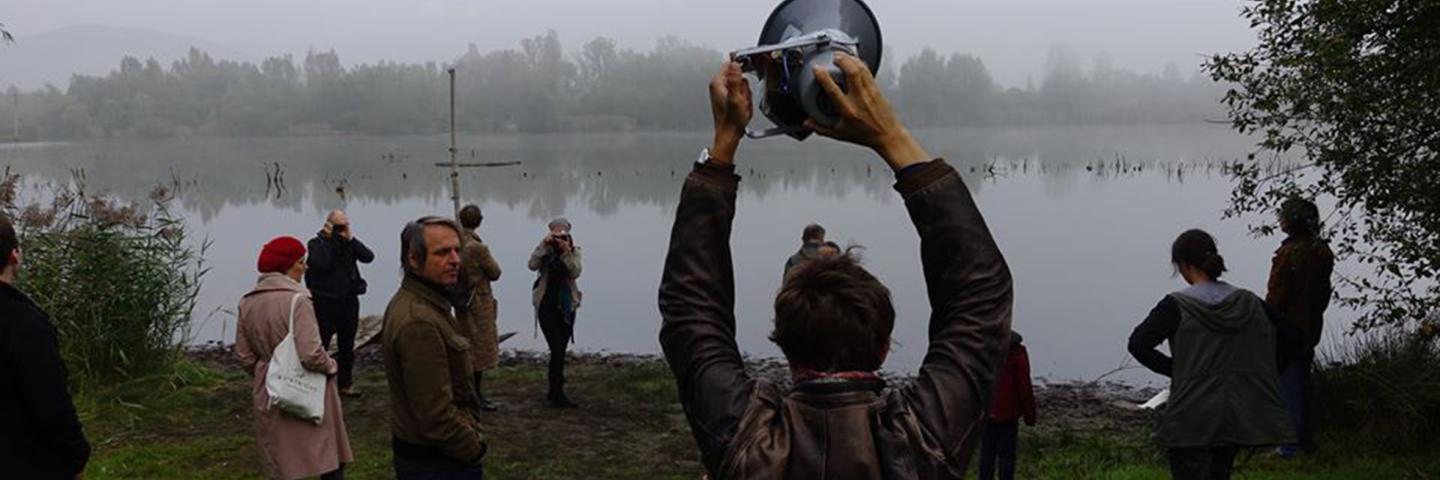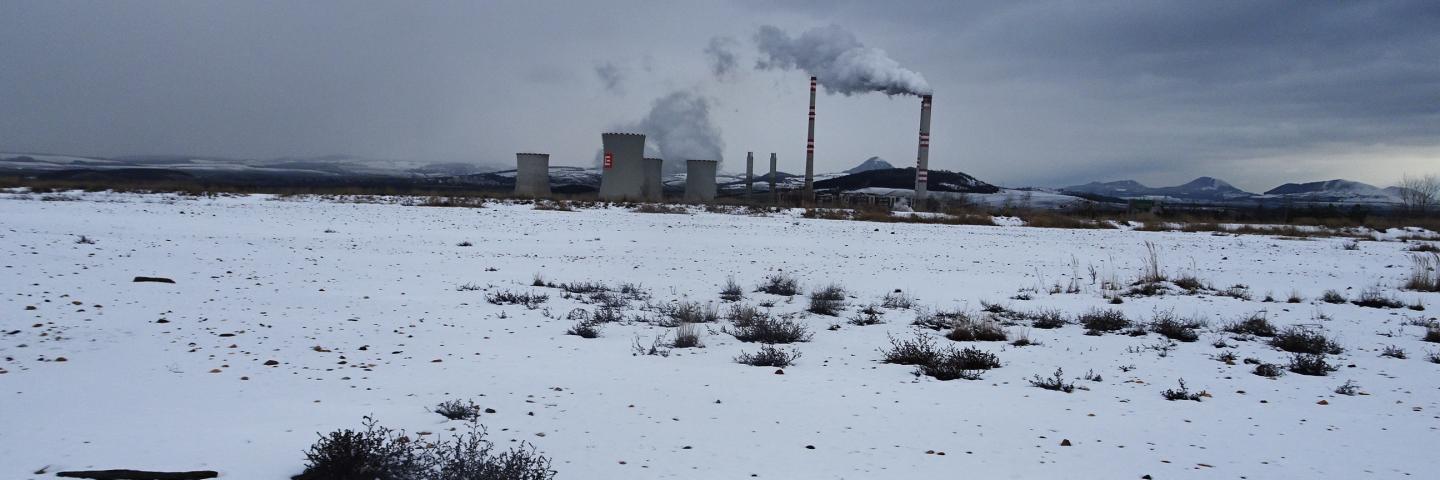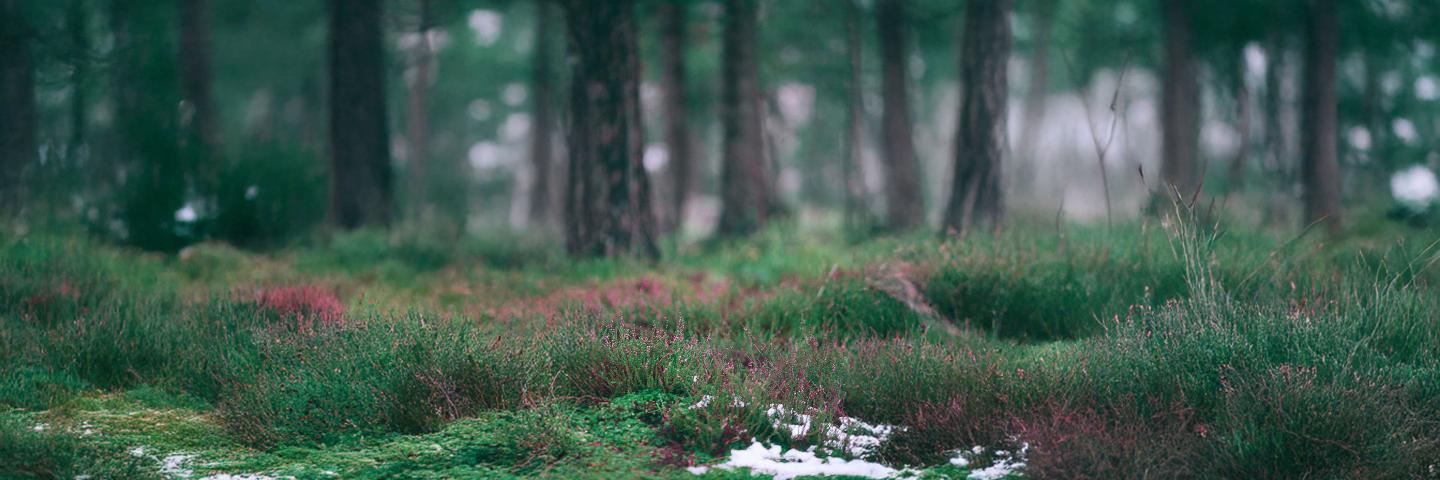Points of reference
Current environmentally concerned sound art and science is in a similar situation that was resolved within the field of visual arts in the beginning of the 1990s. Since then the work of environmentally oriented artists was more or less recognised as a distinct movement in its own right. This open list is an attempt to bring together some names of people, initiatives and institutions approaching and thinking about sound in such a way that it resonates within the general critical environmental agenda of today. Not necessary it collides with musicians using field recordings as a material for their music composition, sound work, sound installations, radiophony etc. As well, the profession of artist or scientist is necessarily not conditional.
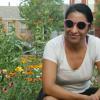
Amanda Gutiérrez explores the experience of home, belonging, and cultural identity by bringing into focus details of everyday practices whose ordinary status makes it particularly hard for us to notice their key role in defining who we are.

Lucinda Guy is a composer and sound artist exploring broadcast radio as a space for democratic participation and creative expression. She is a researcher with Transtechnology Research at the University of Plymouth, looking into the use of automation in broadcasting.
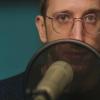
Lawrence Abu Hamdan is a Private Ear, listening to, with and on behalf of people affected by corporate, state, and environmental violence. Abu Hamdan's work has been presented in the form of forensic reports, lectures and live performances, films, publications, and exhibitions all over the world.
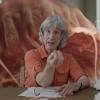
Donna Haraway (1944 in Denver, Colorado) is Distinguished Professor Emerita in the History of Consciousness Department and in the Feminist Studies Department at the University of California, Santa Cruz. In 2002, she was awarded the J.D.
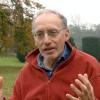
Stephan Harding (born in Venezuela in 1953, died 2024 in UK) was a pioneering earth scientist who has focused on deep ecology and the theory of Gaia. After his degree in Zoology at Durham University in Engeland he became a field assistant for the Smithsonian’s field ecology research in Venezuela.
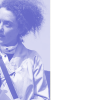
Yolande Harris is an artist and researcher exploring ideas of sonic consciousness. Her projects consider techniques of navigation, expanding perception beyond the range of human senses, the technological mediation of underwater environments and our relationship to other species.
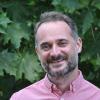
David Haskell is a writer and a biologist. His latest book, Sounds Wild and Broken, explores the story of sound on Earth. His previous books, The Forest Unseen and The Songs of Trees are acclaimed for their integration of science, poetry, and rich attention to the living world.
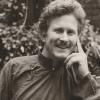
Richard (R.I.P.) Hayman (born 1951 in New Mexico) is an American composer and performer. He studied at Columbia University and with John Cage, Ravi Shankar, Chou Wen-chung, Petr Kotik, and Philip Corner.

Gordon Hempton / Sound Tracker® is an acoustic ecologist, and Emmy award–winning sound recordist.
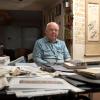
Felix Hess (1941, Den Haag, 2022, Haren) was a Dutch sound artist, natural scientist and filantrop. He graduated 1967 in biology at the Rijksuniversiteit Groningen. Between 1975 and 1979 he was researcher at the University of Adelaide, where he became interested in the communication patterns of frogs.
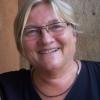
Cornelia Hesse-Honegger (born 1944, Zurich) is a Swiss illustrator, watercolor painter and photographer whose work focuses on the intersection between art and science, zeroing in on the mutagenic effects of radiation on insects.

Jason Hickel is an economic anthropologist, author, and a Fellow of the Royal Society of Arts.
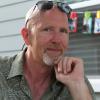
Jack Hines is musician, environmental advocate, GIS technician, field- recordist, soundscape ecologist, and educator and an associate member of the Wild Sanctuary team.
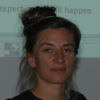
Reni Hofmüller (born 1966) is artist, musician, composer, performer, organizer and activist in the fields of usage of (new) media, technology and politics in general, engaged in development of contemporary art.
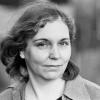
Nancy Holt (1938 - 2014) has since the late 1960s created a far-reaching body of work, including films, videos, site-specific installations, artist’s books, concrete poetry, major sculpture commissions and audio works.
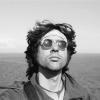
John Hopkins is a media artist, holistic systems thinker, and learning facilitator. He holds a creative practices PhD in media studies; an MFA from CU-Boulder (where he studied film under renown experimental film-maker, Stan Brakhage); and a BSc in geophysical engineering.
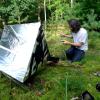
Martin Howse (born 1969, UK) is an artist/programmer and theorist; educated at Goldsmiths College Fine Art London, living in Berlin.

John Hudak has been interested in sound and music from the age of four when he began to play a variety of instruments. At the University of Delaware (BA, English 1981) and Naropa Institute for the Arts (1979), he studied video, photography, creative writing and dance.
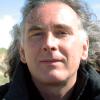
Ricardo Huisman aka DJ SENSESCAPE (1960) is the Amsterdam based sound image artist, soundscape composer, who creates inclusive interactive tactile sonic sculpture installations.
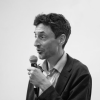
Michiel Huijsman (born Amsterdam, 1963), is an artist, researcher and independent curator based in Amsterdam. He is the initiator and driving force behind several renowned long-lasting collaborative artprojects in Amsterdam public space.
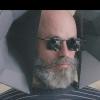
Pedro Hurpia is visual artist and researcher and collaborator at the SEA Foundation Tilburg (Netherlands). He recently earned a Research Grant from Est-Nord-Est résidence d’artistes in Canada. Last year received a Research Grant from the Kone Foundation (Finland) to develop his project at the Saari Residence in Mynämäki in 2020.
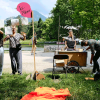
Ici-Même (Founded in Grenoble,1993) is a collective of variable shape, getting together three to thirty people according to different projects. The collective’s approach is deeply rooted in the urban space, as a place and an object for experimentation.

Tim Ingold (born 1948) is a British anthropologist, Chair of Social Anthropology at the University of Aberdeen. For his doctoral research (1971-72) he carried out ethnographic fieldwork among the Skolt Saami of northeastern Finland.
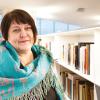
Helmi Järviluoma-Mäkelä (born 1960 in Ylivieska, North Ostrobothnia) is a Finnish sound, music, and cultural scholar and writer. She is a Professor of Cultural Studies at the University of Eastern Finland. As sensory and soundscape ethnographer, Järviluoma has developed the mobile method of sensobiographic walking.
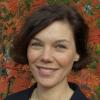
Sandra Jasper is a geographer by training, whose work spans the fields of cultural, urban, and environmental geography.

Jeph Jerman (born 1959 In Hagåtña, island of Guam) is an American sound artist and musician. He records sound fragments or collects found objects which he uses in his improvisations and performances. As a contemplative walker without a set destination, he is interested in the pure sound without references.
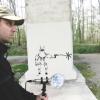
Randolph Jordan, PhD, is a Research Associate with the World Soundscape Project at Simon Fraser University in Vancouver where he is designing research methodologies to address the enmeshing of media and place. He teaches in the Humanities department at Champlain College Saint-Lambert in Montreal.

Sonic journalism is a term proposed by Peter Cusack for his project Sounds from dangerous places.org and is based on the premise that: "all sound, including non–speech, gives information about places and events and that listening provides valuable insights different from, but complimentary to, visual images and language.

Douglas Kahn (1951 in Bremerton, Washington, USA) is an American/Australian academic and writer. Kahn is known primarily for his writings on the use of sound in the avant-garde and experimental arts and music, and history and theory of the media arts.

Orsolya Kaincz has been working with sound and organizing contemporary music events for more than a decade. As a self-taught musician, her interest in music gradually shifted focus from instrumental free improvisation and performing conceptual compositions to electroacoustic experimentation.
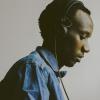
Joseph Kamaru, aka KMRU, is a sound artist and experimental ambient musician, raised in Nairobi, Kenya, and currently based in Berlin where he is a Master’s student in Sound Studies and Sonic Arts at the Universität der Künste.

AM Kanngieser is a geographer and sound artist, working through listening and attunement to approach the relations between people, place and ecologies.

Ernst Karel works with sound, including electroacoustic music, experimental nonfiction sound works for multichannel installation and performance, and postproduction sound for nonfiction vilm [film/video], with an emphasis on observational cinema.
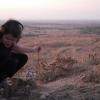
Hannah Kemp-Welch is a sound artist with a socially-engaged practice. She produces audio installations and radio broadcasts with community groups, using voices, field recordings and found sounds. She also delivers workshops, makes zines and builds basic radios, aiming to open out sonic practices and technologies for all.
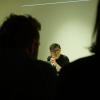
Suk-Jun Kim studied theology (BA) at Yonsei University (South Korea), and moved to Canada to earn a diploma (honor) in Recording Engineering at the Ontario Institute of Audio and Recording Technology (OIART), London, Ontario (Canada).

Jacob Kirkegaard (born 1975 in Denmark) is a sound artist. He graduated at the Academy of Arts and the Media in Cologne. Jacob is exploring sound in art with a scientific approach and his sound works focus on investigations into the potential musicality in hidden sound layers in the environment.
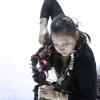
Kite (Dr. Suzanne Kite) is an Oglála Lakȟóta performance artist, visual artist, and composer raised in Southern California, with a BFA from CalArts in music composition,and an MFA from Bard College’s Milton Avery Graduate School, and a Ph.D. in Fine Arts from Concordia University, Montreal.
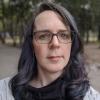
Adriana Knouf, PhD (she/her/hers, sie/hir/hirs) works as an artist, writer, and xenologist. She engages with topics such as wet media, space art, satellites, radio transmission, non-human encounters, drone flight, queer and trans futurities, machine learning, the voice, and papermaking.
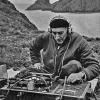
Ludwig Paul Koch (1881, Frankfurt am Main -1974, Harrow, London) was a broadcaster and sound recordist.

Simona Gabriela Kossak (1943 in Krakow, died 2007 in Bialystok) was a Polish biologist, ecologist, and professor of forest sciences. Kossak is known primarily for her efforts to preserve the remnants of natural ecosystems in Poland. Her work dealt with, among other things, the behavioral ecology of mammals.

Katarzyna Krakowiak (born 1980) is an artist who creates sculptures, performances, objects, compositions and sound installations that investigate languages used to describe architecture. She carries a PhD from Academy of Fine Arts in Poznań, Poland and a post-doctorate from Academy of Fine Arts in Gdańsk, Poland.
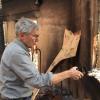
Bernie Krause holds a Ph.D. in Creative Arts with an internship in Bioacoustics, and was a key figure in implementing natural soundscapes as a resource for the U.S.
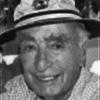
Karl David Kryter (Born 1911 in Indianapolis, USA, died 2013) was a world-renowned scientist of Psycho-Acoustics and Audition and Engineering Psychology. Karl received his bachelor's degree from Butler University in Indiana in 1939, and his doctorate from the University of Rochester in New York in 1943.
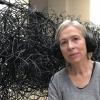
Christina Kubisch, (born in 1948), has studied painting, composition and electronic music in Hamburg, Graz, Zurich and Milan. Her work includes sound installations, sound sculptures, video and performance, as well as electroacoustic compositions and audio works for radio.

Petri Kuljuntausta is a composer, performer and sound artist. His latest soundscape compositions are based on the first recorded sounds of Aurora Borealis along with soundscape compositions based on urban environments like the cities of London, Milan and Helsinki. He is famous for music composed of sounds both natural and extraordinary.
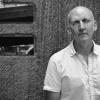
Brandon LaBelle (born 1969 in Memphis, Tennessee, United States) is an artist, writer and theorist working with questions of social life and cultural agency, using sound, performance, text and sited constructions.
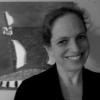
Kate Lacey is Professor of Media History and Theory in the School of Media, Arts and Humanities and, since August 2019, Director of the AHRC DTP Consortium for the Humanities and Arts in South-East England (CHASE).

Alan Lamb (1944 in Edinburgh - 2025 in Perth) was Perth-based composer and biomedical research scientist. Living in Fremantle, he has created a body of innovative composition based on the resonance of 'singing wires'.
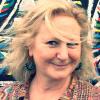
Cathy Lane is a British sound artist and composer, She is interested in sound and how it relates to the past, our histories, our environment and our collective and individual memories. This informs her current work as a composer, sound artist, lecturer and researcher.
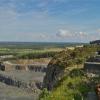
Tom Lawrence (died 2011) was a wildlife sound recordist, musician and educator. His work in acoustic ecology regularly appears in natural history documentaries. Tom also produced documentaries for radio broadcast, installations and his work has featured in UK, Germany, Denmark, Portugal, Canada and Ireland.
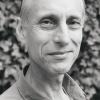
Ton Lemaire (1941, Rotterdam) is a Dutch anthropologist, writer and philosopher, who moved to France to start a new way of life as an organic farmer. He lives almost completely of his own grown food, uses hardly any mechanical or electrical facilities.

Peter Lenaerts is a Belgian sound artist active in the fields of performance, contemporary dance, & film. Lenaerts is fascinated by empty spaces and invisible or acousmatic sound. Sound that doesn’t scream for attention but sneaks into the listener’s ear unnoticed.

Cheryl E. Leonard is am American composer, performer, field recordist, and instrument builder whose works investigate sounds, structures, and objects from the natural world.
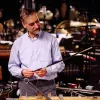
Eric Leonardson is a Chicago-based audio artist, co-founder and Executive Director of the World Listening Project, founder and co-chair of the Midwest Society for Acoustic Ecology, and President of the World Forum for Acoustic Ecology.

Richard Lerman (1944) is sound artist and performance artist. He has created electronic music and interdisciplinary art since the 1960’s offering performances, installations and screenings in North and South America, Asia, Europe, Australia and New Zealand. He has collaborated with John Cage and David Tudor.
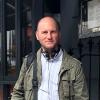
John Levack Drever (born in Edinburgh, Scotland, 1973) and raised between Dalkeith and Edinburgh is Professor of Acoustic Ecology and Sound Art at Goldsmiths, University of London, where he leads the Unit for Sound Practice Research (SPR).

Eric Lewis is a professor of philosophy at McGill Univ., and the director of the Laboratory of Urban Culture (LUC). His research focuses on the philosophy of improvised arts. He also runs the annual Koumaria Improvised New Media Art Residency.
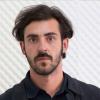
Kalas Liebfried (*1989 in Bulgaria) is a multidisciplinary artist and curator, based in Munich. He studied sculpture and time-based media at the Academy of Fine Arts Munich and Philosophy at the LMU Munich.

Dale Lloyd has been a sound artist, publisher, graphic designer, producer, musician, and visual artist. In 2001, he founded and/OAR in order to support and publish artists involved with environmental recording documents, sound art, avant-garde and electronic music.

Annea Lockwood (born 1939) is a New Zealand / American composer. She brings vibrant energy, ceaseless curiosity, and a profound sense of openness to her music.

Locus Sonus is a research group specialized in audio art. It is organized as a post graduate lab by the Art Schools of Aix en Provence (ESAA) and Bourges (ENSA) in France, and is associated with CNRS, Marseille.
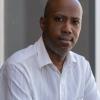
Norman W. Long (b. 1973, Chicago, IL) is a sound artist/designer/composer based in Chicago, IL. His current work focuses on sound art production within the larger context of landscape. He has exhibited and/or performed in galleries in Chicago, Ithaca, New York, London, and the San Francisco Bay Area.
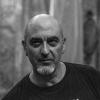
Francisco López (born 1964 in Madrid, Spain) is internationally recognized as one of the major figures of the sound art and experimental music scene.
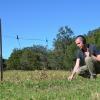
Jay-Dea Lopez is an Australian sound artist and field recordist whose work reflects the social and environmental anxieties of the early 21st century. His work reflects the social and environmental anxieties of the early 21st century.
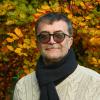
Robert Losiak is a Polish musicologist and sound ecologist. He holds a PhD degree and is affiliated with the University of Wroclaw. His research focuses on soundscape. In 2009, he funded the Soundscape Research Studio at the University of Wroclaw.
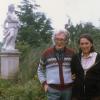
James Ephraim Lovelock (1919 - 2022) is the originator of the Gaia Hypothesis (now Gaia Theory) and has written four books on the subject: Gaia: a new look at life on Earth, (Oxford University Press, 1979); The Ages of Gaia, (W. W.
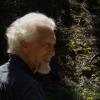
Richard Lowenberg (born in Haifa in 1946), is an artist, planner/designer and eco-cultural activist.

Rob Mackay is a composer, sound artist and performer. He is currently a Senior Lecturer in Composition at Newcastle University. Recent projects have moved towards a cross-disciplinary approach, soundscape ecology, audiovisual installation work, and human-computer interaction.

Marcus Maeder is an artist, researcher and composer of electronic music. As an author, Maeder has written on a number of topics in the fields of sound art, acoustic ecology, artistic research and digital media.

Carla J. Maier (b. Müller-Schulzke 1976) is an independent researcher based in Berlin/ Germany working at the intersection of sound studies, postcolonial and cultural studies, music and cultural anthropology.

Gilles Malatray aka Desartsonnants is a listening walker, sound landscape specialist, teacher, researcher, living in Lyon, France. Throughout the years, Gilles has built interesting information sources about sound arts: DESARTSONNANTS.

Felicity Mangan is an Australian sound artist, composer and educator based in Berlin, Germany since 2008. Felicity plays with the timbres and biorhythmic patterns of her field recording archive to create quasi-bioacoustic music.

Michael Marder is IKERBASQUE Research Professor in the Department of Philosophy at the University of the Basque Country (UPV-EHU), Vitoria-Gasteiz, Spain. His writings span the fields of ecological theory, phenomenology, and political thought.

Lynn Margulis was an eminent American evolutionary biologist. Her serial endosymbiotic theory (SET) of eukaryotic cell development overturned the modern concept of how life originated on earth. She argued that different types of bacteria, through “symbiogenesis”, formed more complicated single organisms.
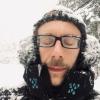
Stéphane Marin is a sound artist, phoNographist and a listening facilitator.

Rafał Mazur (born 1971 in Kraków) is a musician, philosopher and writer. In his artistic activity, he combines sound activity with cognitive issues.
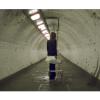
Lia Mazzari is a sound artist and performer and her practice is often collaborative, engaging new audiences through encounters with art in non-conventional spaces, physical and virtual. She likes to explore the divisions of site and non-site, private and public through live performance, sound installation and urban intervention.

Danny McCarthy (b. 1950) has pioneered both sound art and performance art in Ireland and he continues to be a leading exponent exhibiting and performing both in Ireland and abroad regularly.
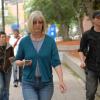
Andra McCartney (1955-2019) was an Associate Professor in the Department of Communication Studies, Concordia University, where gave courses on sound production, research creation, and sound theory. She was a soundwalk artist, leading public walks and creating gallery installations, recordings, performances and radio works.
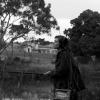
Sally Ann McIntyre is a writer, sound practitioner and radio artist from New Zealand. She has a history in independent radio production, and since 2008 has programmed the Mini FM station Radio Cegeste 104.5 as a small-radius platform for site-responsive radio art events.

Ann McMillan (born 1923, New York City, died 1994) was an American composer and musician, famous to be working with environmental sounds. McMillan was part of the burgeoning musique concrète and electronic music movement, forming sparse, eclectic sounds through tape manipulation.
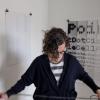
Matilde Meireles is a sound artist and researcher who makes use of field recordings to compose site-oriented projects.
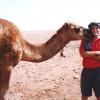
Jim Metzner pioneered the use of sound in radio and has been producing sound-rich radio programs since 1977, beginning his career with a ground-breaking short format series – You’re Hearing Boston.
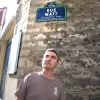
Emmanuel Mieville is French composer who focused on sound engineering while studying cinema. Mieville learned musique concrète at the Groupe de Recherches Musicales.
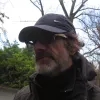
David Mollin (b. 1959) works as a writer and has regularly exhibited in the UK and internationally. Shows include Century City as part of the Big Blue at Tate Modern and Gymnasion at the Bregenz Kunstverein.

David Monacchi (1970) is an eco-acoustics researcher, composer and interdisciplinary artist. He has been developing the project “Fragments of Extinction” for more than 20 years, conducting field research in the world’s remaining areas of undisturbed primary equatorial forest in Amazon, Africa and Borneo.
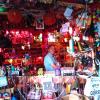
Gordon Monahan (born in 1956) studied physics at the University of Ottawa and music at Mount Allison. He lived 1980-7 in Toronto and moved in 1987 to New York, and to Berlin.
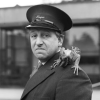
Ernest John Morris, professionally known as Johnny Morris (1916-1999) was a British actor and voice actor. He is best-known for his role in the BBC children’s series Animal Magic, in which he appeared alongside animals and narrated comic dialogues for the animals. This programme ran from 1962-1983.

Timothy Morton (born 1968) is Rita Shea Guffey Chair in English at Rice University. They have collaborated with Laurie Anderson, Björk, Jennifer Walshe, Hrafnhildur Arnadottir, Sabrina Scott, Adam McKay, Jeff Bridges, Justin Guariglia, Olafur Eliasson, and Pharrell Williams.
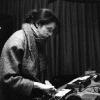
Alyssa Moxley is an artist that works with sound, listening, memory, and environment. Her works include field recording, musical composition and performance, film sound design, choreography, interactive sculpture and sonic interventions. She accesses narratives of identity, place, space, and embodied experience through sound.

Rachel Mundy is an Associate Professor of Music in the Arts, Culture, & Media program at Rutgers University in Newark. She specializes in twentieth-century sonic culture with interests at the juncture of music, the history of science, and animal studies.
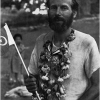
Arne Dekke Eide Næss (born in Aker on January 27, 1912; died in Oslo on January 12, 2009) was a Norwegian philosopher, one of the key influences that shaped present day theory of argumentation, but has in his long and very active life also contributed in many ways to a number of other areas.

Marc & Olivier Namblard, audio-naturalists and listening wanderers, examining from childhood this contrasted and elusive landscape, situated in the southeast of the Massif Central, called “Cévennes”.

Jean-Luc Nancy (1940 - 2021). Shortly after he obtained his graduate in philosophy in 1962 in Paris, Nancy began to write explicitly philosophical texts. He published on authors like Karl Marx, Immanuel Kant, Friedrich Nietzsche and André Breton.

Jay Needham is an artist, radio producer and composer. His sound and visual works address the politics of borders and the aesthetics of acoustic reception. His compositions activate listening as an irreplaceable component of an artistic cognitive process.

Max Neuhaus (1939 – 2009) was an American musician, composer and sound artist. Neuhaus produced the project Listen - a listener’s manifesto, organized from 1966 on in different formats: lecture, newspaper article, post card, self-adhesive sticker, poster, as well as sound walks in New York neighbourhoods.

Curator, artist and researcher Mikel R. Nieto studied art in San Sebastian, Madrid and Barcelona. For years he has been deeply involved in phonographic practice and the resulting theory. He has given workshops in a number of cultural centres and universities.
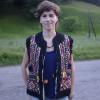
Lucia Nimcová born in 1977 in Humenné is a Slovak multimedia artist. She descends from the Rusyn minority based in the East Carpathian Mountains of Ukraine, Poland, and Slovakia. Growing up, she wasn’t allowed to speak her mother language what started a lifelong fascination with the forbidden.
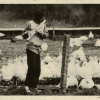
Jim Nollman (born 1947) is an American composer, conceptual artist, author of five books, and an environmental activist. He graduated from Tufts University in 1969. In 1973, he composed a Thanksgiving Day radio piece “Turkey Song”, that featured him singing and playing flutes with 300 tom turkeys.
